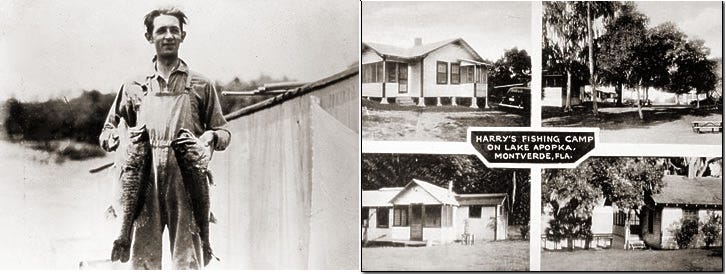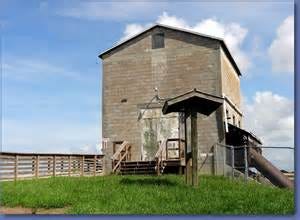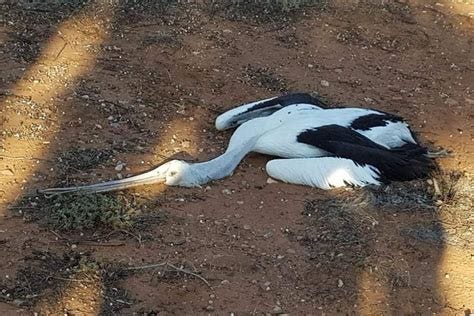Lake Apopka Part I
The near death of a great lake
I'd like to learn about Florida's largest lakes and the best way for me to learn about a lake is to research and write about it. Of special interest is their history and current environmental condition. I want to eventually write 2 articles about each of the 10 largest lakes in Florida. The first will be about their history and the second will concern the current condition and environmental challenges.
Today is about Lake Apopka. Located just northwest of Orlando spanning Orange and Lake counties, Lake Apopka is occasionally seen on lists of the most polluted in the state. Lake Apopka has a long and interesting history in Central Florida. I'll talk about the history through 1999 today and more recent developments in a future article.

At 30,862 acres Lake Apopka is the fourth largest lake in Florida. It was once larger. The opening of the Apopka-Beauclair Canal in the 1890's dropped the lake level by about 5 feet. Lake Apopka was once either the 2nd or 3rd largest lake in Florida depending on the source but fell to 4th when the canal opened.
From the opening of the canal until about 1945 was the golden age of Lake Apopka. Farm produce, especially citrus came on pole barges to railroad depots in Apopka and Winter Garden. The lake was relatively clear with the bottom covered in Illinois pondweed and eelgrass, 2 plants that grow in clear water and gives great cover to small fish and invertebrates. There were at least 20 fishing lodges on the lake with lots of bass being caught.

But Lake Apopka was already changing. Growth in the communities around the lake meant an increase in raw sewage being discharged into the lake. In the early 1940's land north of the lake was given to farms to raise produce for the war effort. Fertilizer runoff increased considerably. A pumphouse was installed to irrigate and remove excess water from the fields.

Then disaster. A major hurricane hit Lake Apopka in 1947. The water was mostly blown from the lake and the pondweed and eelgrass were scoured from the bottom. As it refilled the visibility went to near zero. With the vegetation in place Lake Apopka was able to keep the algae at bay. But with no vegetation the algae blooms came with regularity. An algae / mud sludge mixture coated the bottom for several inches where it remains today. Fish kills became common until the 1980's. The bass were replaced by non game fish like catfish, gar and shad. Tilapia would later become a large part of the fish population.
An attempt at recovery started in the late 1970's. Communities were forced to install wastewater treatment plants. The Lake Apopka Restoration Act allowed the St John's River Water Management District (SJRWMD) to begin projects around the lake.

But then the second disaster struck. In July 1980, Tower Chemical Company (TCC), a local pesticide manufacturer, improperly disposed of significant amounts of DDE. This seeped into the lake and caused fertility problems with both birds and alligators in both Lake Apopka and downstream lakes. Lake Apopka was designated a Superfund cleanup site by the EPA, a designation given to the nation’s worst polluted sites.
In 1998 all of the farms on the North Shore were purchased by the SJRWMD. Right after the purchase of the farms a 3rd disaster hit. The SJRWMD plowed land on the north shore to get rid of some invasive plants. They didn't realize that the plowing dredged up lots of old, buried pesticides. They then flooded the land just in time for the migratory birds to arrive. A massive bird kill followed that made national news. At least 175 species were affected with white pelicans being among the most impacted -- 441 found dead. Lake Apopka's reputation as a horribly polluted lake was cemented.
So we'll leave Lake Apopka at about 1999. In many people's mind the bird kills were when Lake Apopka hit bottom. But there's much more to tell in this saga. The 2nd part will talk about Lake Apopka’s current environmental challenges.
If you liked this consider sharing with your friends.
In this blog I’ll be talking about nature, nature photography, natural places (especially in Central Florida) and whatever else catches my eye. If you like this please hit the share button. Or you can subscribe and be notified via email when I post. Thanks for coming by.
